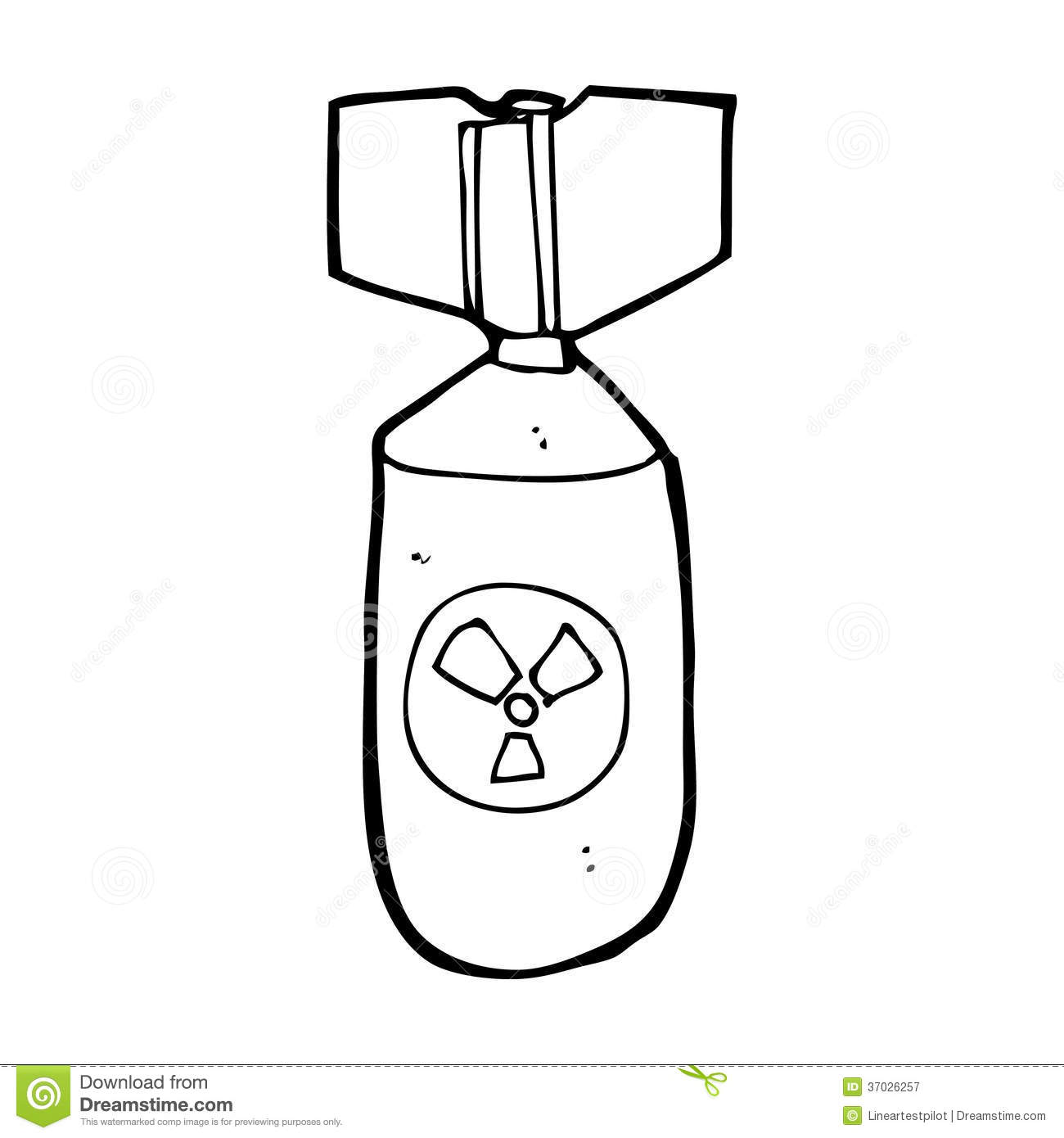
Because it is a unit and not a quantity, it is written using an upright or roman typeface, not an oblique or italic one.

(Recall that the prefix giga means one billion or 10 9.) The symbol for this unit is a lowercase t. By convention, one ton of TNT is the energy equivalent to 4.184 gigajoules. It is also used to describe the energy released by accidental explosions and naturally occurring destructive phenomena like asteroid impacts, volcanic eruptions, and earthquakes. The ton of TNT is an energy unit that was invented to describe the destructive potential or yield of bombs. A single nuclear weapon can release the energy equivalent to several thousand or even millions of metric tons of TNT. The conventional explosive TNT, which is used for demolition and mining, is sold in stick shaped single charges with a mass of about a hundred grams. They are the most energetic weapons ever devised. Since power is the rate at which work is done or energy is transformed, nuclear weapons are probably the most powerful devices ever built by humans. A device designed to release this energy (when triggered) in an extremely rapid, out of control, runaway manner that destroys itself and everything around it for thousands of meters is called a nuclear bomb.

A device designed to release this energy gradually in a controllable manner for the production of heat, electricity, or medical isotopes is called a nuclear reactor. The rearrangement of nuclei during a nuclear reaction will cause energy to be absorbed or released. The amount of this energy present in any one particular nucleus depends on the number of protons and neutrons and their arrangement - a value that is unique for each isotope of each element. The source of nuclear potential energy (also called binding energy or mass defect) is the strong nuclear force (also called the strong force or strong interaction) between protons and neutrons. Nuclear weapons are powerful explosive devices that rapidly convert large amounts of nuclear potential energy to kinetic energy.


 0 kommentar(er)
0 kommentar(er)
